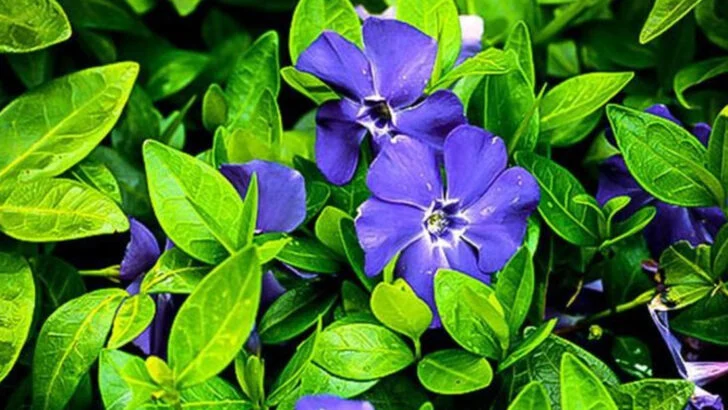Some plants have a way of fooling you. They sit quietly in their pot or flower bed, looking sweet and manageable, until one day you realize they’ve crept across half the yard. These sneaky spreaders don’t come with warning labels, but they probably should. Once they get comfortable, they’re hard to rein in.
That doesn’t mean you have to settle for bare spots or boring choices. Plenty of plants offer the same charm without taking over your space. You just need to know which ones to skip and what to plant instead. Here are 8 plants that tend to run wild, along with 8 alternatives that know how to stay in their lane.
Bamboo
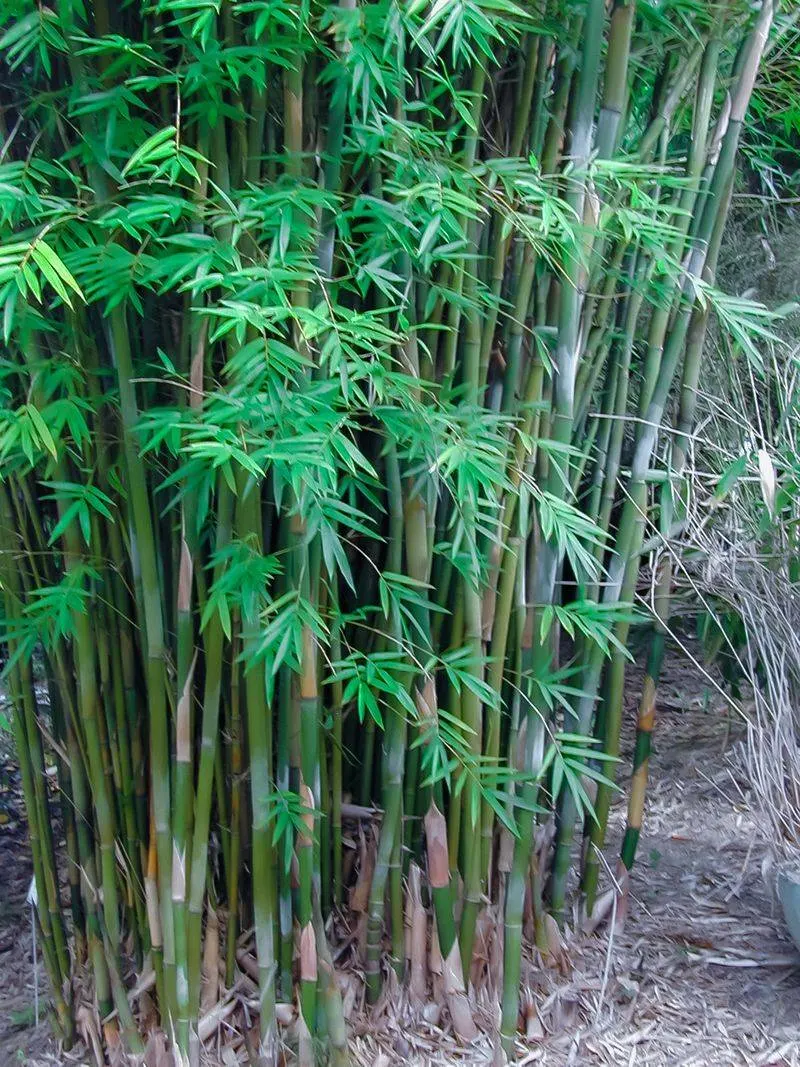
Bamboo’s rapid growth and towering stature can quickly transform your garden into a green jungle. Its rhizomes spread underground, making it hard to contain. Many unsuspecting gardeners plant bamboo for its aesthetic appeal, only to find it taking over their space. Containing bamboo requires barriers, but even then, it can escape and spread to unwanted areas.
For a contained alternative, consider planting clumping bamboo varieties. These don’t have the same invasive rhizomes and are easier to manage, providing a similar aesthetic without the uncontrolled spread. They offer the beauty of bamboo in a garden-friendly form.
Mint
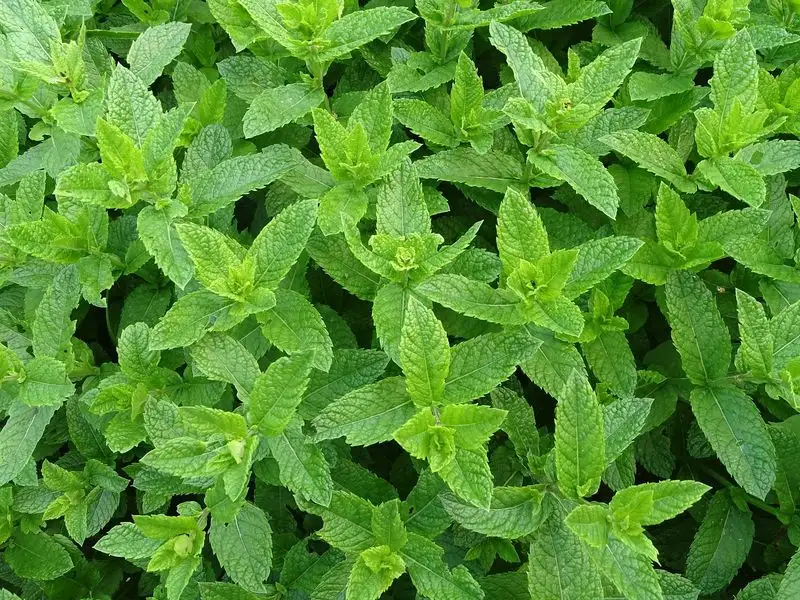
Mint is beloved for its refreshing aroma and culinary uses, but it can quickly dominate a garden with its aggressive growth. Its roots spread far and wide, often taking over garden beds and crowding out other plants. This resilience makes mint a challenging plant to control once established.
A great alternative is planting mint in pots or containers. This prevents it from spreading uncontrollably while still providing ample leaves for use. You can enjoy its scent and flavor without worrying about it overtaking your garden. Container planting offers flexibility and control.
English Ivy
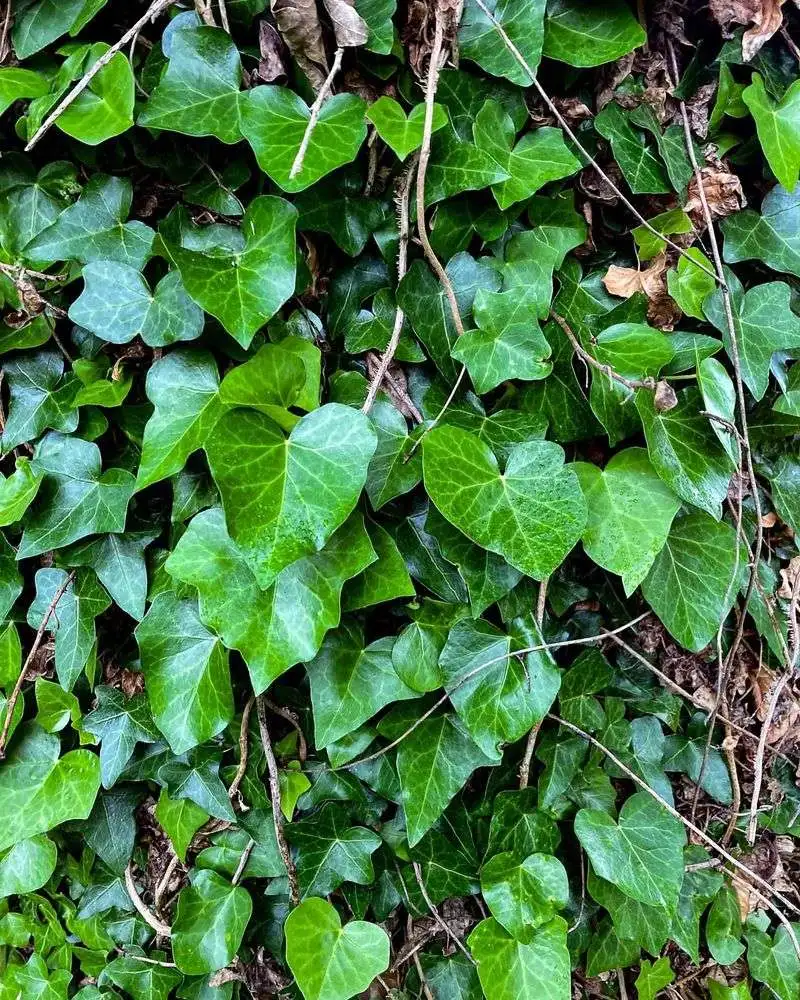
English Ivy can transform walls and fences into picturesque green canvases. However, its charm is deceiving; this ivy spreads rapidly, clinging to surfaces and even infiltrating structures. Once established, it can be tough to remove, often damaging masonry and smothering trees.
For a non-invasive alternative, consider planting Virginia Creeper. It offers a similar climbing habit without the aggressive spread. This plant provides beautiful seasonal color changes, adding interest to your garden while being much easier to control and maintain.
Japanese Knotweed
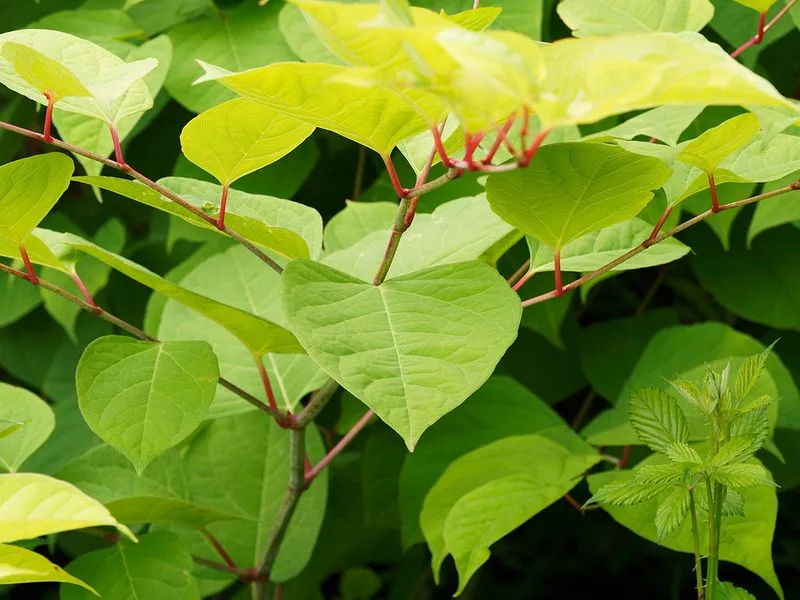
Japanese Knotweed is notorious for its ability to break through concrete and spread rapidly. Its bamboo-like stems and lush foliage may seem appealing, but this plant can cause significant damage to structures and outcompete native species. Controlling it requires rigorous efforts, often needing professional removal services.
As a contained alternative, consider planting ornamental grasses. They offer similar height and aesthetic appeal without the invasive nature. These grasses can provide texture and movement to your garden, enhancing visual interest without posing a threat.
Wisteria
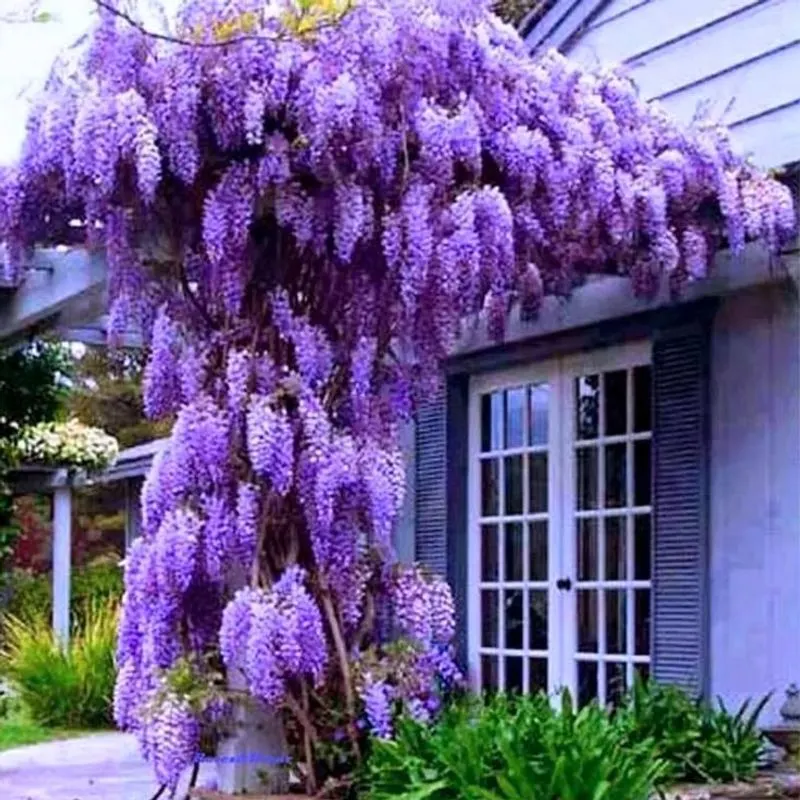
Wisteria’s enchanting blooms and romantic vines can quickly become overwhelming if not managed. Its aggressive growth allows it to cover structures and trees, often leading to damage and requiring constant pruning. Despite its beauty, wisteria can be a garden menace if left unchecked.
An alternative is Clematis, offering beautiful flowers and manageable growth. Unlike wisteria, clematis is less likely to overpower your garden, providing stunning blooms without the aggressive spread. It’s a perfect choice for gardeners who desire floral beauty with minimal maintenance concerns.
Creeping Charlie
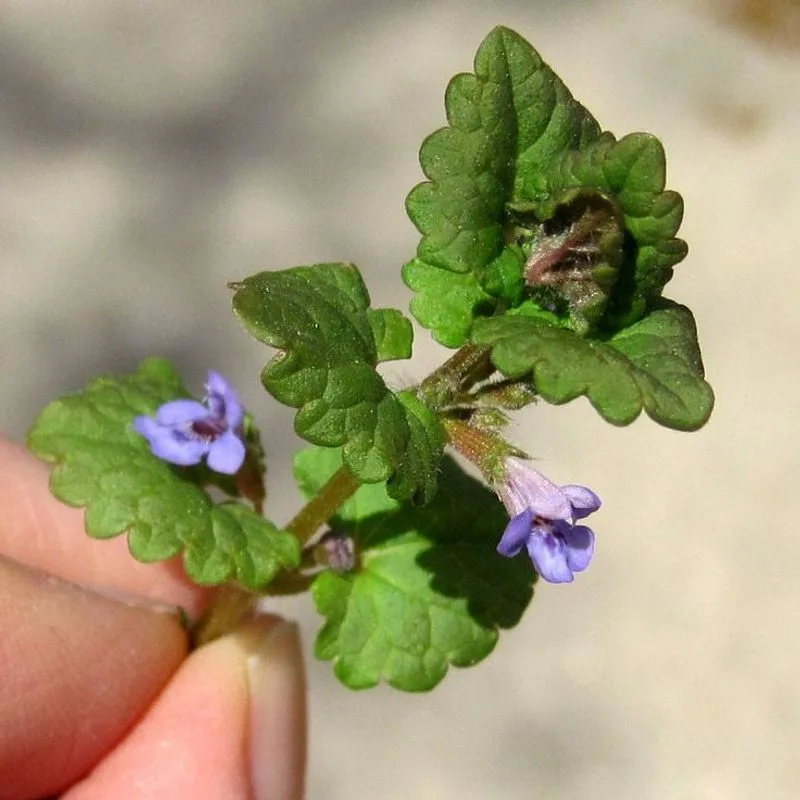
Creeping Charlie, with its cheerful leaves and resilience, can take over lawns and gardens with ease. Its creeping stems root at nodes, making it a persistent invader that outcompetes grass and other plants. Controlling it requires vigilance and effort.
For a contained alternative, opt for Ajuga, also known as Bugleweed. This plant provides a similar ground cover effect but is easier to manage. With its attractive foliage and flowers, Ajuga offers beauty without the same invasive challenges, making it an excellent choice for ground coverage.
Purple Loosestrife
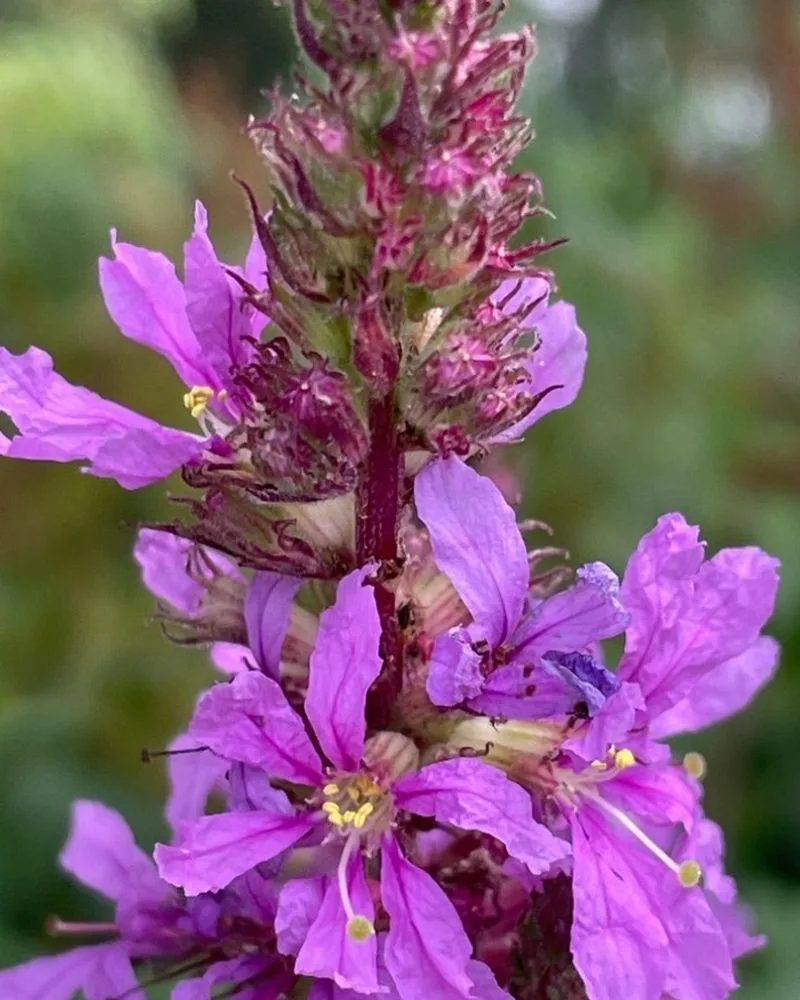
Purple Loosestrife’s vibrant flowers and tall spikes make it an attractive plant for gardeners. However, in wetlands and moist areas, it can quickly dominate, displacing native flora and altering habitats. Its prolific seed production aids its spread, causing ecological imbalance.
To enjoy similar aesthetics without the invasive risk, consider planting Lupines. They offer beautiful flowers and thrive in similar conditions without overtaking the environment. Lupines provide a colorful display, enhancing your garden’s biodiversity while being eco-friendly and contained.
Periwinkle (Vinca)
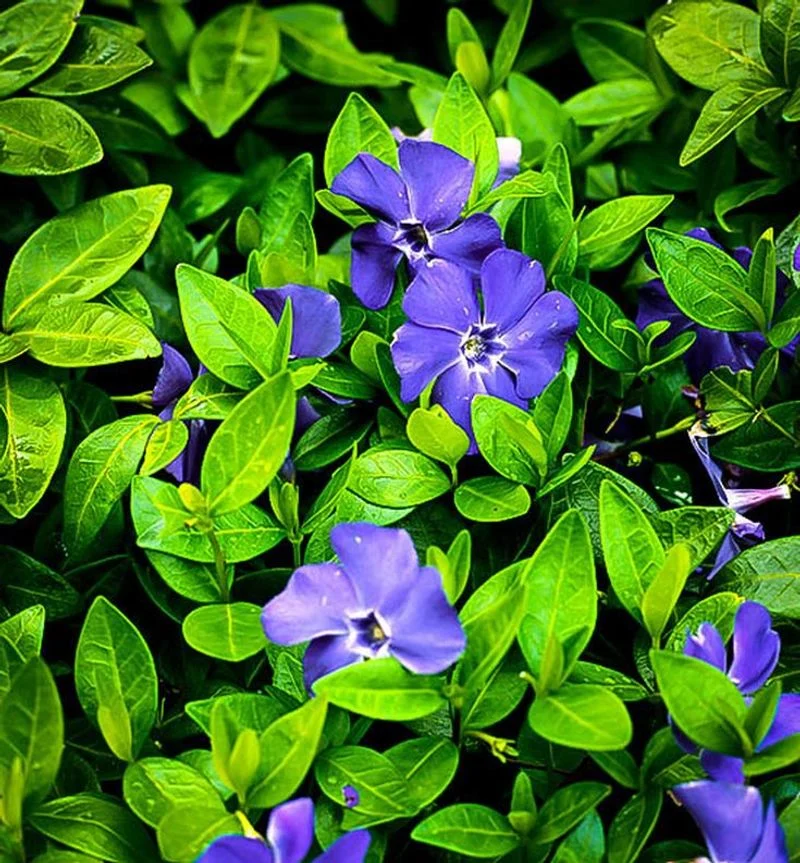
Periwinkle, or Vinca, is often used as a ground cover due to its attractive flowers and hardy nature. However, it can rapidly spread beyond its intended area, crowding out native plants and being tough to eradicate once established. Its resilience is both a blessing and a curse for gardeners.
A suitable alternative is Sweet Woodruff. It provides similar ground cover with fragrant leaves and delicate flowers but is less aggressive. Sweet Woodruff enhances shaded areas without overwhelming them, offering a controlled and appealing option for gardeners.
Lily of the Valley
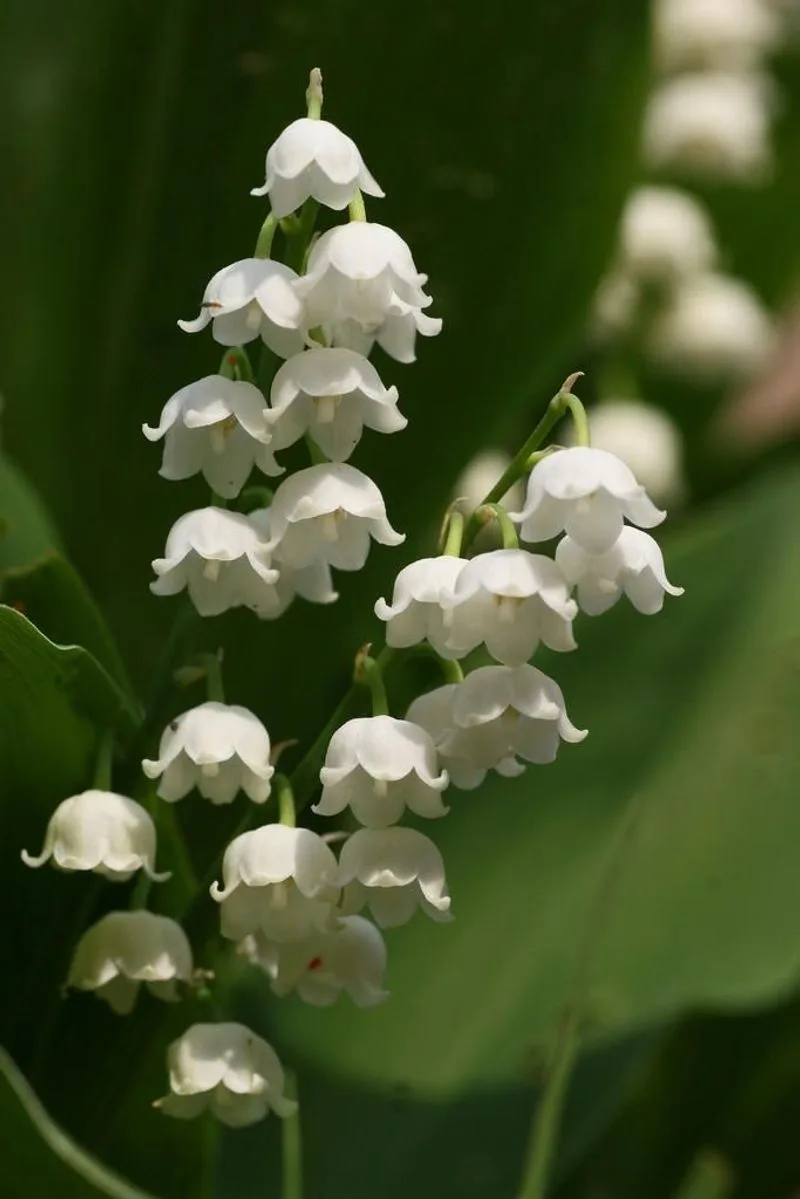
In the heart of a shade garden, Lily of the Valley enchants with its delicate, fragrant white bells. Yet, beneath its beauty lies an aggressive nature. This plant spreads rapidly, forming dense colonies that can overrun other ground covers.
Plant it, and you may find it popping up in unexpected places, even escaping to neighboring lawns. For those looking to contain its spread, consider planting it in pots or selecting a more manageable alternative like Sweet Woodruff. Sweet Woodruff offers a similar delicate appearance without the invasive tendencies, making it a responsible choice for your garden.
Butterfly Bush
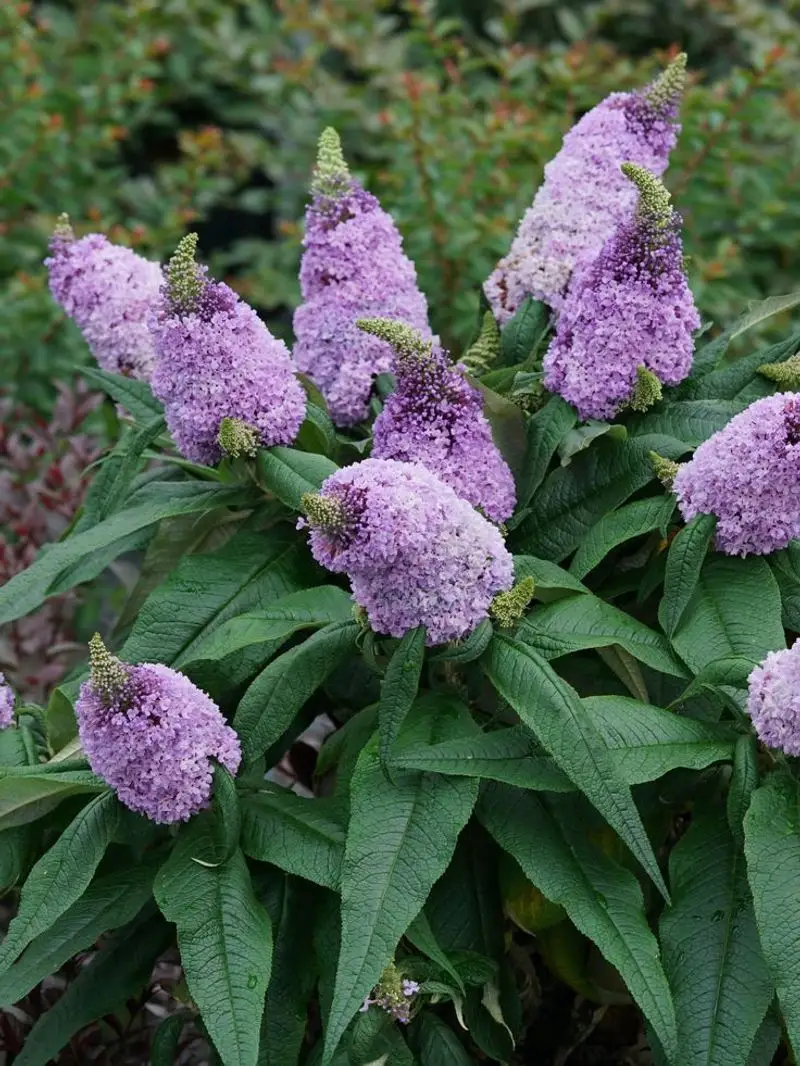
The Butterfly Bush is a magnet for pollinators, its vibrant blooms a feast for the eyes and butterflies alike. However, it doesn’t know when to stop. Its seeds disperse widely, leading to unwanted proliferation in wild areas.
While it’s adored for attracting butterflies, its aggressive growth can overshadow native plants. For a more controlled option, try the Blue Mist Spirea. This plant provides similar allure with its bluish flowers and is less likely to escape your garden’s confines. Embrace the Blue Mist Spirea to enjoy a flutter of butterflies without the worry of invasion.
Russian Sage
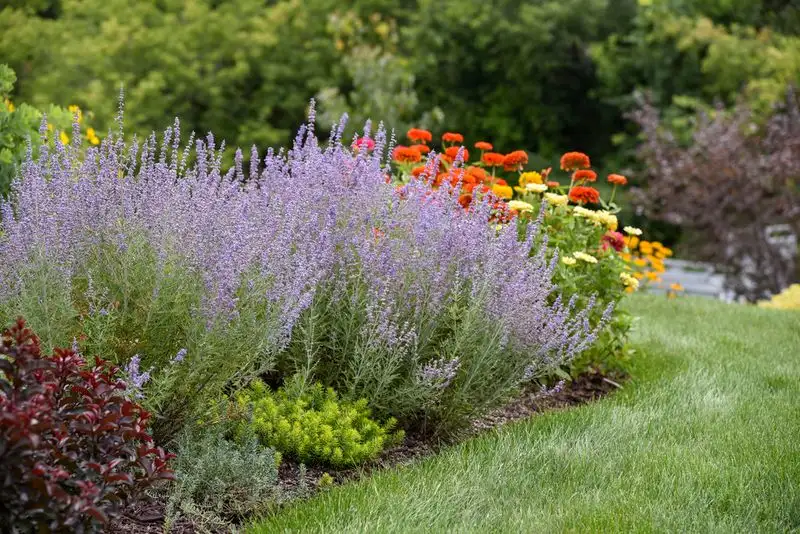
Russian Sage, with its silvery foliage and lavender-blue flowers, dances in summer breezes. Yet, its free spirit can lead to garden chaos. Known for its durability, it spreads by runners and seeds, often taking over garden spaces.
Gardeners seeking a similar look without the rampant growth might consider Lavender. Lavender’s aromatic and compact nature provides elegance without the unwelcome spread. By opting for Lavender, you can enjoy that silvery touch and purple bloom without anxiety about its expansion.
Creeping Jenny
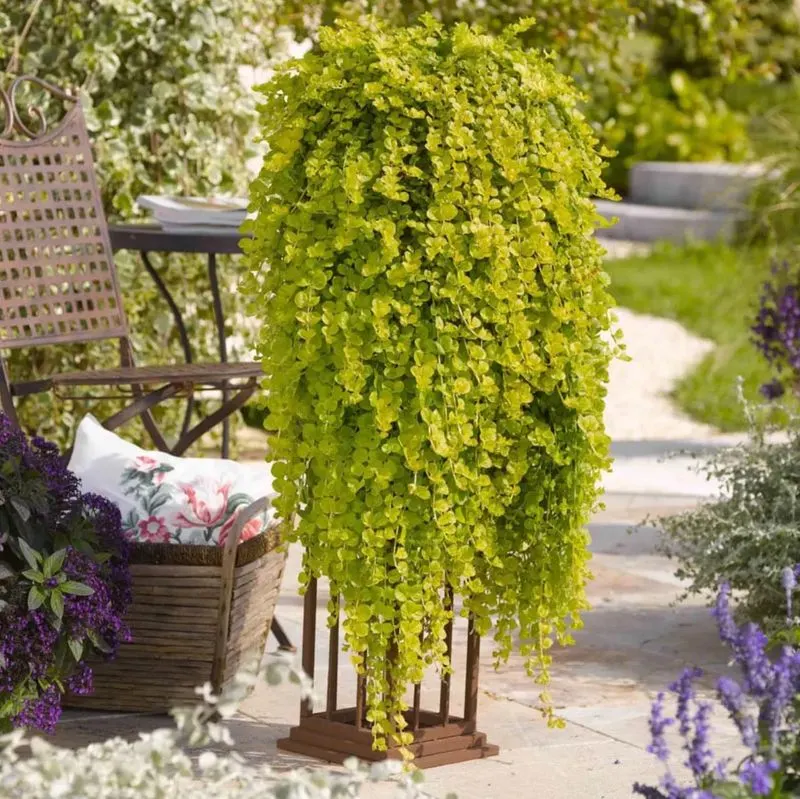
Creeping Jenny’s bright foliage and cheerful yellow flowers might seem a gardener’s delight. However, its name hints at its behavior—it creeps everywhere. This ground cover spreads swiftly, dominating garden beds and outpacing other plants.
To maintain control, consider using it in hanging baskets where its tendrils can cascade charmingly without overtaking the landscape. Alternatively, try Golden Moneywort for a less invasive spread. This choice allows you to enjoy golden hues without the worry of garden domination.
Bishop’s Weed
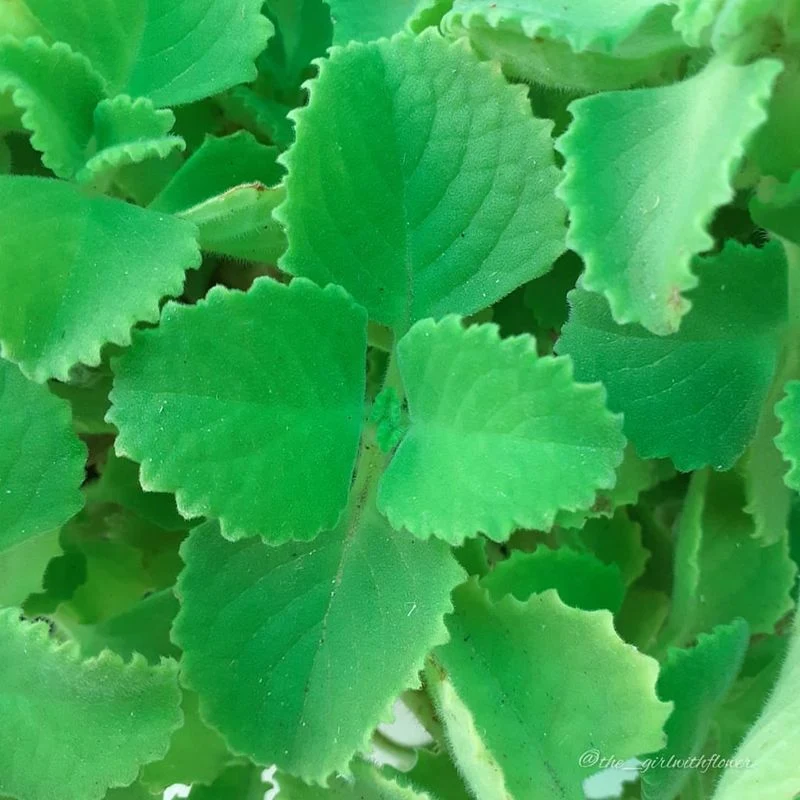
Bishop’s Weed, with its dainty, lace-like flowers, adds a touch of elegance to gardens. Sadly, it often fails to respect boundaries. Its underground runners enable rapid spread, often straying into unwanted areas.
Gardeners should be cautious when planting Bishop’s Weed and consider alternatives like Variegated Solomon’s Seal. This plant offers similar variegated foliage and white blooms without the aggressive spread, keeping your garden both beautiful and harmonious.
Houttuynia
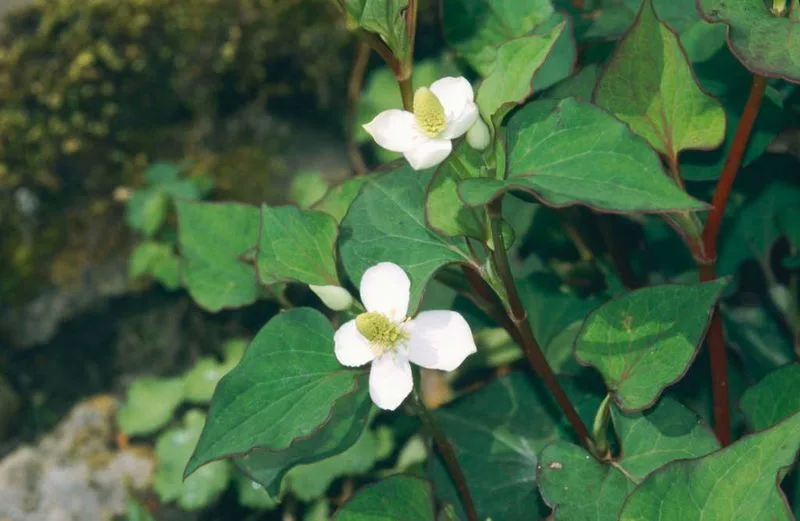
Houttuynia, with its kaleidoscope of leaf colors, seems a painter’s palette come to life. Its heart-shaped leaves captivate, but its roots are persistent. Fast-spreading, it quickly dominates garden beds and can be difficult to eradicate.
For those drawn to its colorful allure, consider using containers to contain its exuberance. Alternatively, the Rainbow Leucothoe offers a similar burst of color with less invasive tendencies, ensuring your garden remains vibrant yet controlled.
Black Locust
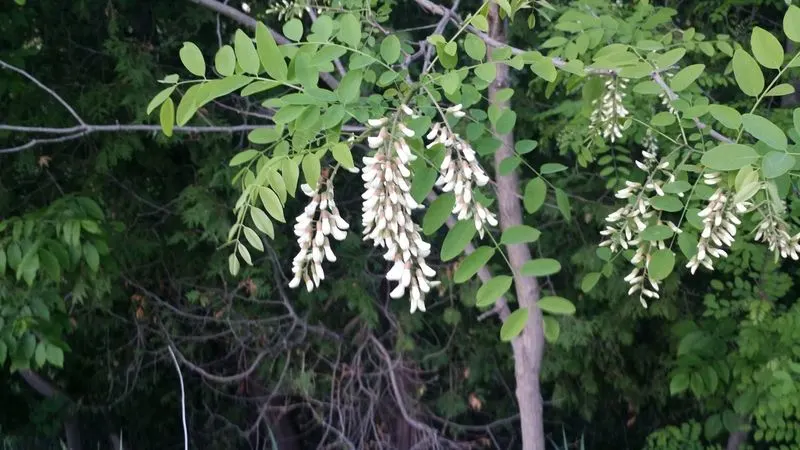
Black Locust trees offer lovely spring blossoms and a rugged elegance, but they come with a caveat. These trees spread through root suckers and seeds, often invading native woodlands.
Consider planting them in open areas where their spread can be managed or opt for the Honey Locust, which provides similar shade and beauty without the aggressive sprawl. The Honey Locust’s open canopy and fewer spreading tendencies make it a more garden-friendly tree.
Yellow Archangel
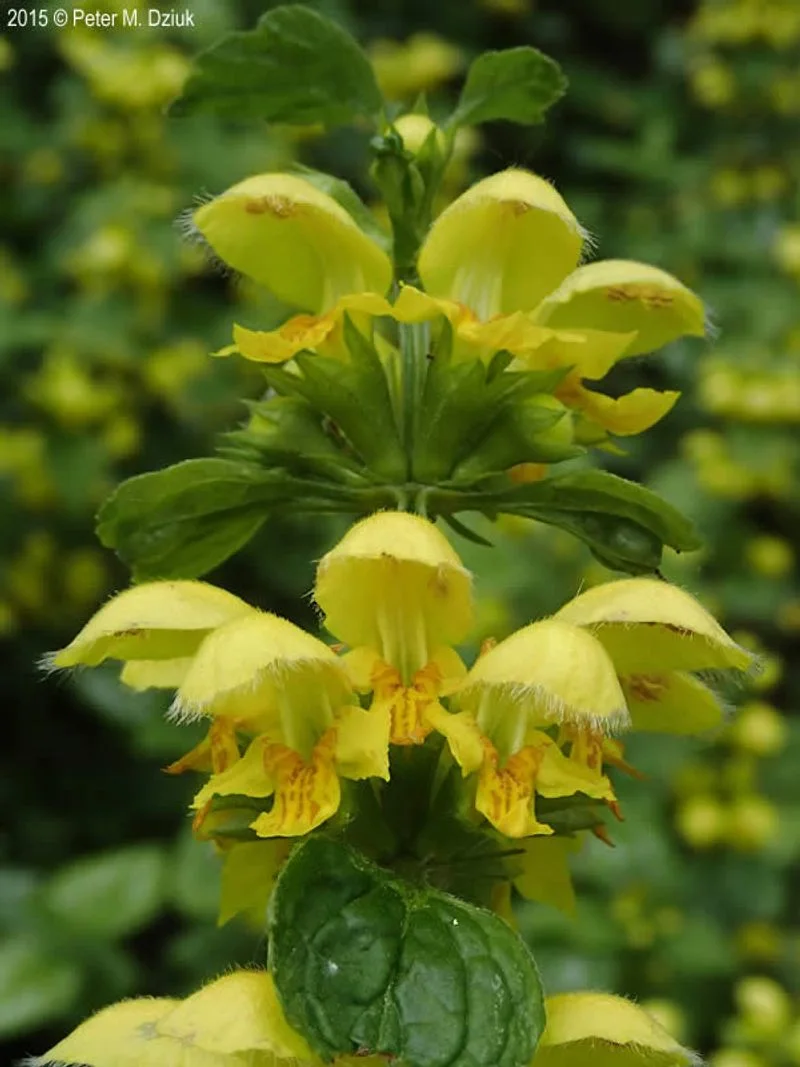
Yellow Archangel’s silvery foliage and bright yellow blossoms light up any shady spot. Yet, this plant’s archangelic appearance belies its nature. It spreads via stems and seeds, creating a carpet that stifles other vegetation.
To enjoy its charm without the chaos, consider using it as a container plant. Alternatively, Lamium offers similar beauty with variegated leaves and less vigorous spread, ensuring harmony in your garden spaces.

